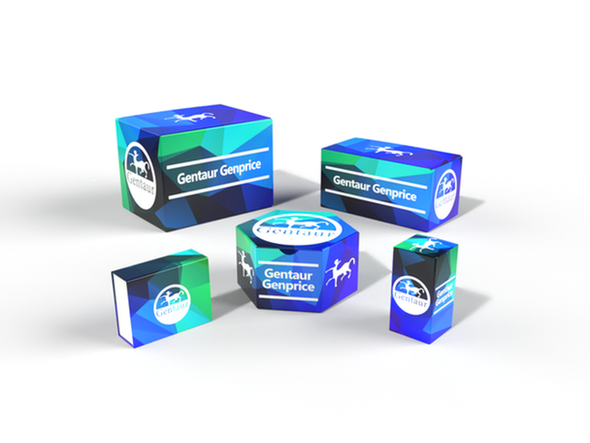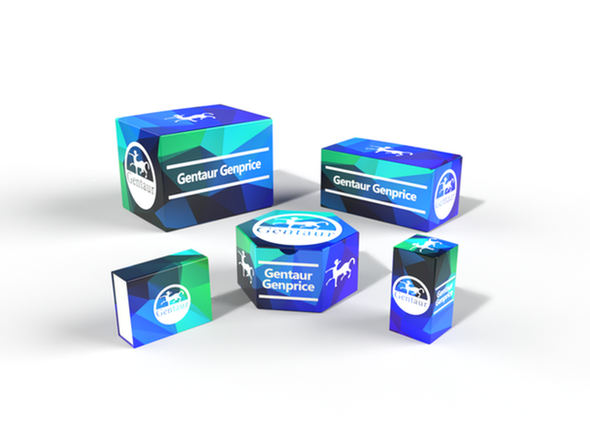Description
CRYGS Polyclonal Antibody | E-AB-18536 | Gentaur UK, US & Europe Distribution
Type: Polyclonal Antibody
Synonyms: AI327013, Beta-crystallin S, CRBS, CRYG8, crygs, Crystallin, gamma 8, Crystallin, gamma polypeptide 8, Crystallin, gamma S, CTRCT20, Gamma crystallin S, Gamma S crystallin, Gamma-crystallin S, Gamma-S-crystallin, Opacity due to poor secondary fiber cell junction; recessive nuclear cataract, Opj, rncat
Application: WB, ELISA
Reactivity: Human, Mouse, Rat
Host: Rabbit
Isotype: IgG
Reserch Areas: Neuroscience
Background: Crystallins are separated into two classes: taxon-specific, or enzyme, and ubiquitous. The latter class constitutes the major proteins of vertebrate eye lens and maintains the transparency and refractive index of the lens. Since lens central fiber cells lose their nuclei during development, these crystallins are made and then retained throughout life, making them extremely stable proteins. Mammalian lens crystallins are divided into alpha, beta, and gamma families; beta and gamma crystallins are also considered as a superfamily. Alpha and beta families are further divided into acidic and basic groups. Seven protein regions exist in crystallins: four homologous motifs, a connecting peptide, and N- and C-terminal extensions. Gamma-crystallins are a homogeneous group of highly symmetrical, monomeric proteins typically lacking connecting peptides and terminal extensions. They are differentially regulated after early development. This gene encodes a protein initially considered to be a beta-crystallin but the encoded protein is monomeric and has greater sequence similarity to other gamma-crystallins. This gene encodes the most significant gamma-crystallin in adult eye lens tissue. Whether due to aging or mutations in specific genes, gamma-crystallins have been involved in cataract formation.
Concentration: 0.6 mg/mL
Storage: Store at -20°C. Avoid freeze / thaw cycles.
Immunogen: Full length fusion protein
Buffer: PBS with 0.05% NaN3 and 40% Glycerol, pH7.4
Purification Method: Antigen affinity purification
Dilution: WB 1:500-1:2000, ELISA 1:5000-1:10000
Clone: N/A
Conjugation: Unconjugated
Molecular Weight(Calculated): 21 kDa
Molecular Weight(Observed): Refer to figures






